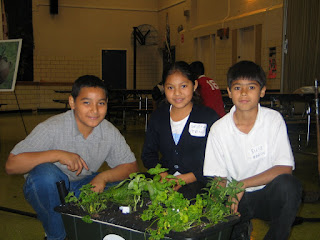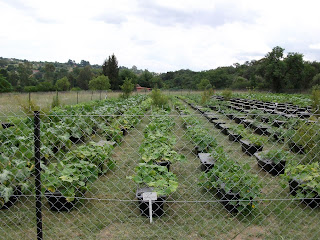
FAO’s new Teaching Toolkit
The Food and Agriculture Organization has just released a new companion guide to the “Setting Up and Running a School Garden” manual, which features eight comprehensive, step-by-step lessons for teachers to implement in their class-gardens.
The lessons contain information on everything from garden planning and produce marketing to seed sowing and composting. Each lesson is divided into informative sections: teacher’s notes, objectives, technical content, lesson preparation, lesson activities, lesson follow-ups and guides all geared toward a hands-on learning experience.
The goal of the lessons is to try and “engage learners actively and encourage them to observe and experiment. The reflective element of experiential learning – monitoring, reporting, recording, reviewing, discussing, and listening to others – is built into the lessons.”
Above all, the lessons force students to consider the quality of their own diets, but they also enable the students to make healthy changes to their eating habits. This is a must-read for teachers who have or are considering starting a school garden. It will save hours of logistical planning and provide an excellent jumping-off point for teachers’ own lessons in gardening.
Learn more about the guide whose creed is…
"Tell me, and I will forget.
Show me, and I may remember.
Involve me, and I will understand."
Attributed to Confucius, 450 B.C.
Click here to see an online version of The Teaching Toolkit
or
Click here to download a PDF file of The Teaching Toolkit


 Monsanto, the agricultural company that developed Roundup, also introduced Roundup-resistant seeds. The seeds allowed farmers to spray without threatening young crops, and they now account for the vast majority of American soybeans, cotton, and corn. Because Monsanto's products were initially so successful, farmers were able to reduce annual herbicide application by 57 million pounds in 11 years.
Monsanto, the agricultural company that developed Roundup, also introduced Roundup-resistant seeds. The seeds allowed farmers to spray without threatening young crops, and they now account for the vast majority of American soybeans, cotton, and corn. Because Monsanto's products were initially so successful, farmers were able to reduce annual herbicide application by 57 million pounds in 11 years.













.jpg)